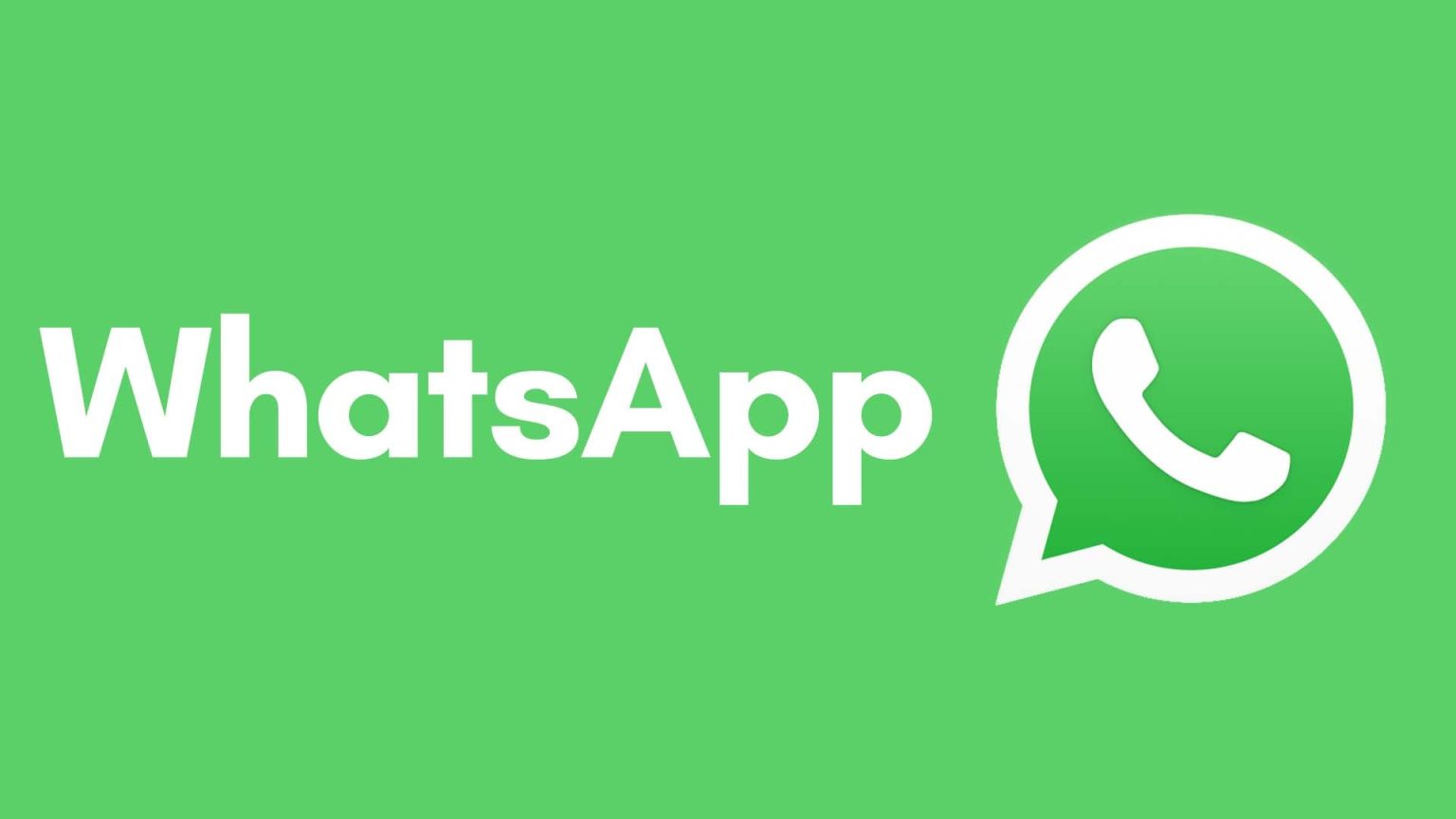Much like Dropbox, WhatsApp started with a simple premise that blossomed into a revolutionary platform. Let’s explore the fascinating journey of this messaging behemoth:
The Birth of an Idea (2009):
Frustrated with existing messaging options, former Yahoo! employees Brian Acton and Jan Koum envisioned a more seamless and personal communication tool. Initially, the idea focused on displaying user statuses, similar to “away” messages. Koum’s iPhone purchase in 2009 ignited the development, and WhatsApp launched later that year.
Early Growth and Challenges (2010-2013):
Initially a paid service, WhatsApp transitioned to a freemium model in 2013, boosting its popularity. BlackBerry and Android versions followed, reaching a wider audience. However, early challenges included server crashes and financial constraints. Yet, their focus on privacy and user experience attracted millions. Sequoia Capital’s significant investments fueled their growth, reaching 200 million active users by 2013.
The Facebook Acquisition (2014):
In a shocking move, Facebook acquired WhatsApp for a staggering $19 billion in 2014. Many questioned the deal, but WhatsApp assured users their independence and commitment to privacy. This period saw rapid global expansion, solidifying its position as the world’s leading messaging app.
Expansion, Innovation, and Controversy (2015-Present):
WhatsApp introduced features like voice and video calls, group chats, and end-to-end encryption, further enhancing its appeal. However, concerns about data privacy and integration with Facebook grew. Controversial updates and changes in monetization strategies sparked user backlash and calls for alternatives.
Present Day and the Future:
Today, WhatsApp boasts over 2 billion active users, making it a social phenomenon and a vital communication tool for many. However, data privacy remains a hot topic, and navigating integration with Facebook continues to be a delicate dance. WhatsApp faces competition from rising rivals like Telegram and Signal. Its future hinges on navigating the privacy landscape, adapting to user concerns, and innovating to stay relevant in a dynamic market.
Key Milestones:
- 2009: Founded by Brian Acton and Jan Koum.
- 2013: Reaches 200 million active users.
- 2014: Acquired by Facebook for $19 billion.
- 2016: Introduces end-to-end encryption.
- 2020: Surpasses 2 billion active users.
Challenges and Opportunities:
- User concerns about data privacy and integration with Facebook.
- Competition from other messaging platforms.
- Finding innovative ways to monetize without compromising privacy.
WhatsApp’s history is a testament to the power of simple ideas and user-centric design. Its future, however, depends on balancing growth, innovation, and the trust of its massive user base. Will it continue to reign supreme in the messaging landscape, or will newer contenders challenge its dominance? Only time will tell.
I hope this comprehensive overview provides a glimpse into the history and future of WhatsApp. Feel free to ask any further questions you might have!


